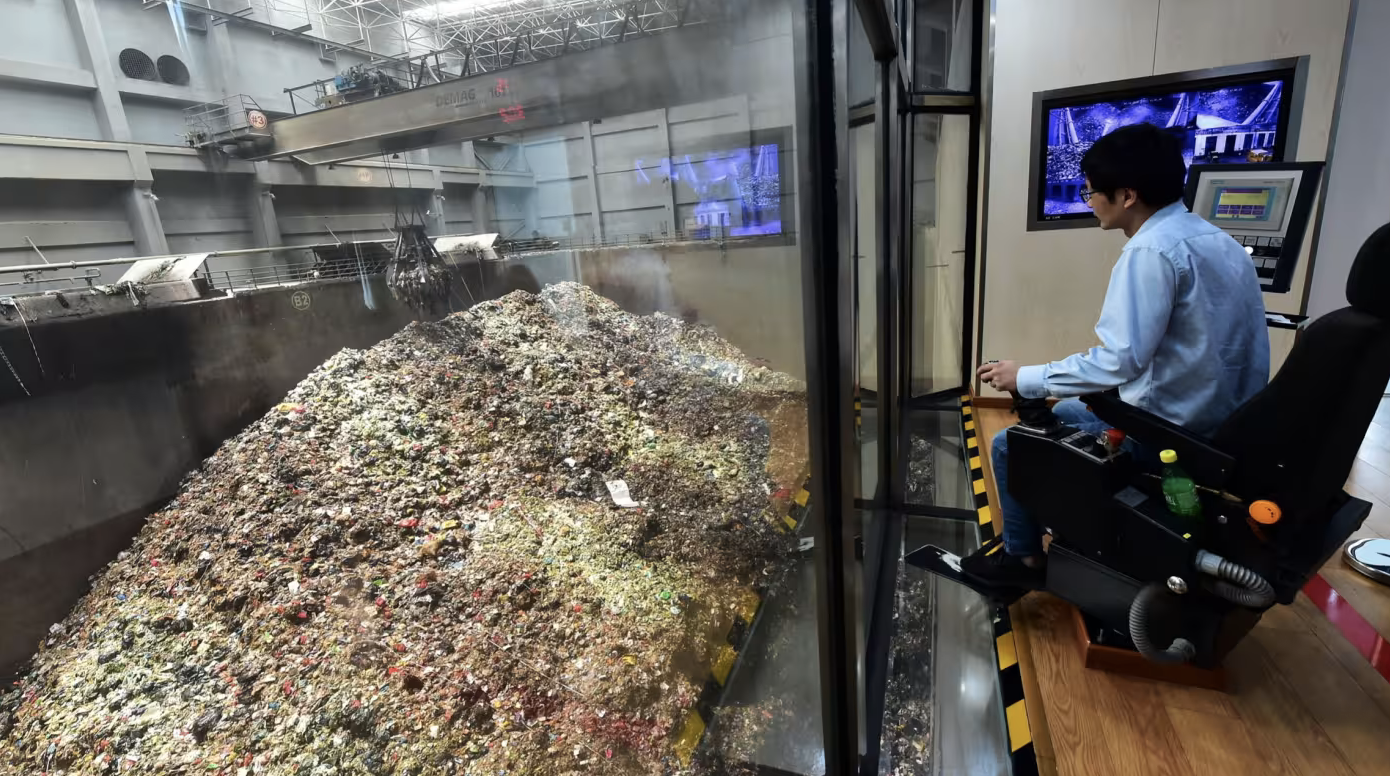A decade ago, China invested heavily in a network of waste-to-energy plants to address its urban waste problem. The country now has over 1,000 such plants, accounting for more than 50% of global capacity, according to the Global Waste-to-Energy Research and Technology Council.
Zhang Jingning, secretary general of the Wuhu Ecology Center, an environmental organization in Anhui, explained that incineration was a relatively quick solution to the waste crisis following rapid urbanization. "Waste sorting takes time, while building an incineration plant takes less than two years," Zhang said.
However, the industry's capacity reached approximately 333 million tons in 2022, surpassing the 311 million tons of household waste collected in the same year. China's plants can now incinerate over 1.1 million tons of garbage daily, exceeding the government's target.
This surplus capacity has left many operators struggling. Two plants reported that some of their incinerators have been idle for almost a year. Two others have resorted to sourcing industrial waste from construction sites or purchasing garbage from local authorities.
 |
Many plants in major Chinese cities in 2025 lack sufficient garbage to burn due to declining population and slow economic growth. Illustration: Alamy |
Many plants are paying high fees to property management companies or even excavating old landfills for burnable material.
"We have three incinerators, but one has been shut down all year round due to insufficient garbage," said a representative from a waste-to-energy plant in Shijiazhuang, Hebei province. The plant has a processing capacity of about 330,000 tons of waste per year but only incinerates around 290,000 tons.
The representative attributed the shortage to declining population and slow economic growth. "When the population decreases, the amount of waste naturally decreases as well," he explained. "Profits were already low, and now we are constantly losing money."
Experts have raised concerns about the health and environmental impacts of the plants, such as carcinogenic emissions, leachate that can leak heavy metals into the environment, and fly ash. Fly ash is primarily reused in building materials, but demand has plummeted amid a multi-year real estate crisis.
However, analysts note that China has significantly reduced its levels of toxic emissions in recent years. Waste-to-energy plants also help reduce overall greenhouse gases by limiting methane emissions from landfills.
China's Ministry of Environment stated that the number and scale of waste-to-energy plants have essentially peaked, and the pace of new development has slowed considerably. Going forward, China will continue to improve the handling of fly ash and leachate.
Some plants view the decrease in garbage, partly due to stricter waste sorting regulations implemented since 2017, as a sign that China's fight against its "siege of garbage" is nearing success.
Shenzhen, a city of 18 million, no longer landfills household waste. Its five waste processing facilities have a combined capacity of 20,000 tons per day.
"Less garbage is actually a good thing," said a representative from a plant in eastern Zhejiang province. "It means the environment is improving."
Minh Phuong (Financial Times)












